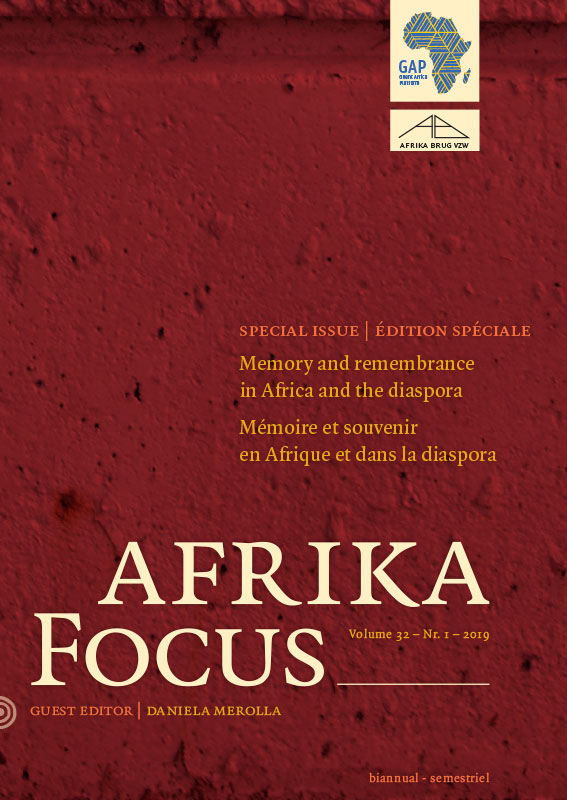New Media, Old Artistry: The Adaptation of Yorùbá Folktale Narrative Strategies in Video Films
DOI:
https://doi.org/10.21825/af.v32i1.11783Abstract
The argument of this study is that Yorùbá people continue to keep alive and sustain their society’s oral folkloric tradition and verbal art despite the changes undergone by Yorùbá folktales that have passed into written form and other (new) media. Verbal arts educate, reflect and promote culture, as well as, their well-known capacity to instil moral decency in a young audience. This paper explores the adaptation of Yorùbá folkloric form in film. The audience memory is reawakened through the conservation and propagation of folktale into drama form in the film, Ijàpá and Àjàntálá. Ìjàpá (tortoise) is well known for its trickish behaviour and nature while Àjàntálá is also known for his vicious behaviour. Their character was worn into human beings (artiste) to teach society moral lessons. These Yorùbá movies Ìjàpá and Àjàntálá were adapted from Yorùbá folktales to examine issues and themes that are germane to contemporary society. Ìjàpá was produced in 2011 while Àjàntálá was produced in 2015. The theory of intertextuality which is the way books, songs, films are linked or associated to one another is adopted for the research. KEYWORDS: YORÙBÁ ORAL FOLKTALE, ADAPTATION, INTERTEXTUALITY, FILMDownloads
Published
How to Cite
Issue
Section
License
Authors who publish with this journal agree to the following terms
Authors retain copyright and grant the journal right of first publication with the work simultaneously licensed under a Creative Commons Attribution License that allows others to share the work with an acknowledgement of the work's authorship and initial publication in this journal.
Authors are able to enter into separate, additional contractual arrangements for the non-exclusive distribution of the journal's published version of the work (e.g., post it to an institutional repository or publish it in a book), with an acknowledgement of its initial publication in this journal.
Authors are permitted and encouraged to post their work online (e.g., in institutional repositories or on their website) prior to and during the submission process, as it can lead to productive exchanges, as well as earlier and greater citation of published work (See The Effect of Open Access).


